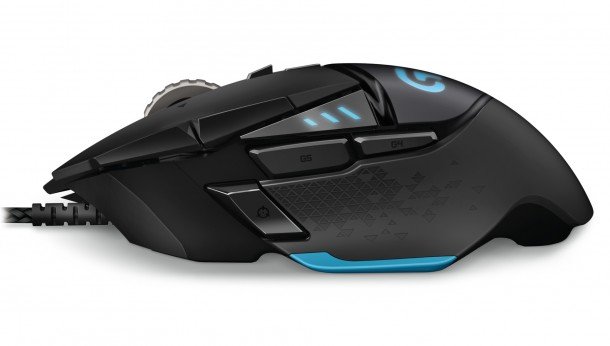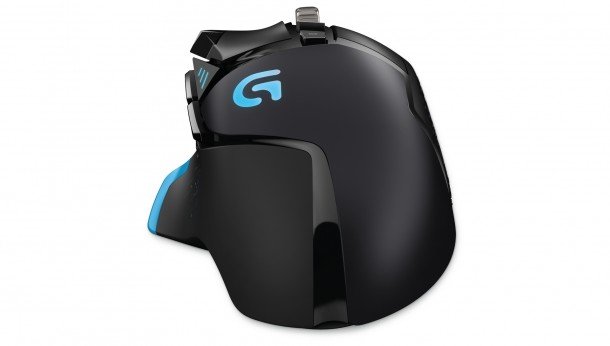Logitech's G502 Proteus Core can run at 12,000 dpi: just because you can doesn't mean you should

Logitech's latest mouse, the G502 Proteus Core, arrived recently with the world's first 12,000dpi-capable laser sensor at its heart. I've been playing around with it a lot over the last week or so and have been really impressed with the solid little rodent. However, I've not had a good time running the mouse at anything like its top speed.
At 12,000dpi it's just about usable on a high-resolution desktop. I've been running it on a 2560 x 1440 desktop and it's smooth and accurate, though can take a bit of effort hitting small icons. On a scaled-up 4K screen then it's also pretty manageable. But realistically it's not a great experience. You can do it, but I got a lot of mis-hits as I tried to hit web-page buttons at high-resolutions. I dropped down to a 1080p desktop, and quickly started to lose track of the cursor as it zipped around the screen like an excitable cat toy.

Trying to play any game at 12,000dpi is a frustrating, twitchy experience. I know the new laser sensor in the G502 is accurate enough to deliver a smooth experience, but I'm not so convinced the game engines are able to translate that.
Here's the rub though, Logitech don't actually expect you to use the G502 at it's crazy-high maximum dpi setting. The 12,000dpi setting isn't accessible by default (You have to mess with the software suite to unlock it). The top sensitivity setting it ships with is almost half that at 6,400dpi—a far more manageable setting, both on the desktop and in-game. Because the mouse's sensor is capable of such high-end speeds it actually seems a lot more accurate than other sensors lower down the scale.
I'm not massively taken by the design of the G502—I'd be much happier if they'd simply dropped the new Pixart laser sensor into a classic G9 chassis—but I've been really impressed by how well the Proteus Core operates when it's not trying to be clever with silly dpi numbers numbers.
The biggest gaming news, reviews and hardware deals
Keep up to date with the most important stories and the best deals, as picked by the PC Gamer team.

Dave has been gaming since the days of Zaxxon and Lady Bug on the Colecovision, and code books for the Commodore Vic 20 (Death Race 2000!). He built his first gaming PC at the tender age of 16, and finally finished bug-fixing the Cyrix-based system around a year later. When he dropped it out of the window. He first started writing for Official PlayStation Magazine and Xbox World many decades ago, then moved onto PC Format full-time, then PC Gamer, TechRadar, and T3 among others. Now he's back, writing about the nightmarish graphics card market, CPUs with more cores than sense, gaming laptops hotter than the sun, and SSDs more capacious than a Cybertruck.

